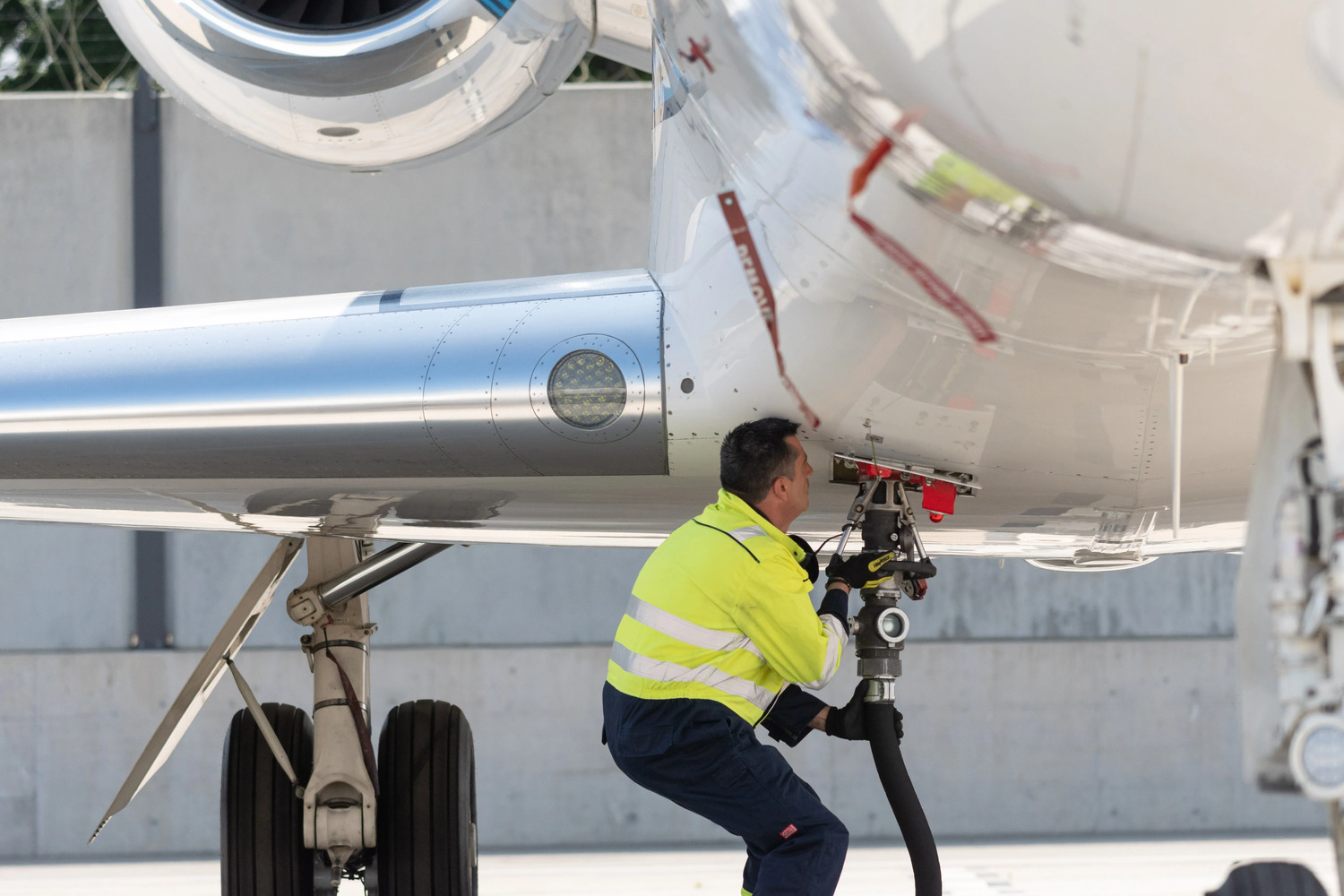The event heard from industry and academic leaders that the sector needs an injection of highly qualified people to fuel the expected increase in business flights in the region.
According to IATA, there could be 175,000 business aircraft movements in the MENA region by 2020. And, after a recent decline, flying hours in Africa increased in two consecutive quarters of 2018 – the highest level of aviation activity since 2008. The host nation occupies a strategic position, linking European, African and Middle East business aviation markets, both in terms of geography and capacity.
According to the National Office of Airports, the country handles around half of the business aviation movements in north Africa with Morocco recording growth of 6% in business passengers, and 9% of aircraft movements from 2016 to 2018. There are currently 70 operators in business and private aviation in Morocco.
Ali Ahmed Alnaqbi, Founding & Executive Chairman of MEBAA, addressed the key challenges facing business aviation, stressing that sustainability in this sector is an important element. “Our industry does not receive a sufficient injection of fresh blood, which is why we are targeting universities and colleges to train young people and fuel both business and general aviation,” he said.
Source: : www.africanaerospace.aero













